This project upgraded surveillance, combat and self-defence capabilities for the two Anzac-class frigates – HMNZS Te Mana and HMNZS Te Kaha.
System upgrades
The upgrade was designed to maintain the frigates’ surveillance, self-defence, and combat systems to a standard comparable to the frigates used by Australia, Canada and the United Kingdom, allowing them to continue to operate in a full range of roles.
It includes new radars, electronic detection and other above water systems, the self-defence missile system, decoys against missiles and torpedoes, an upgrade to the hull-mounted sonar, and the combat management system that integrates these.
Upgrading the Anzac Frigates involved the removal of 44 tonnes of equipment and the addition of 67 tonnes of equipment. 55 kilometres of new cabling was pulled through each ship and over two million lines of code were written to link the ship’s weapons and sensors to their new combat management system.
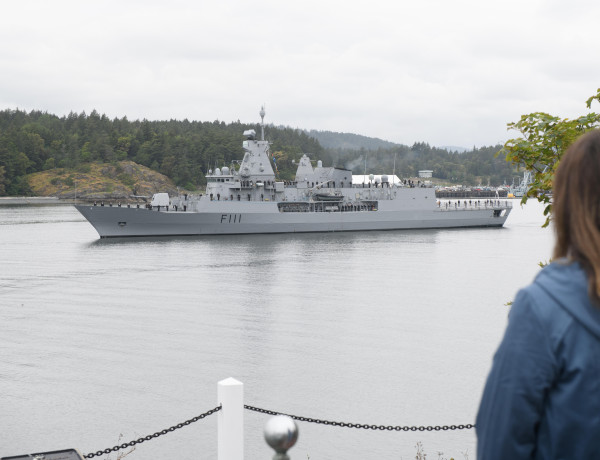
Current state
Te Kaha returned to New Zealand in December 2020 and in 2021 undertook a series of trials, tests, and exercises, allowing for the progressive release of the ship's operational capabilities. The ship had undergone the extensive upgrade programme in Canada involving installation of a new superstructure, masts and weaponry.
Te Mana left Canada on (NZT) 31 May 2022 following completion of final testing and trials of new systems and equipment, and after completing sea trials with the US Navy in San Diego arrived to a warm welcome at Devonport Naval Base on 8 July.
The project’s latest round of Naval Operational Testing and Evaluation commenced with Te Mana undertaking a series of deployments to replicate operational parameters.
In December 2023 the new Sea Ceptor Local Area Air Defence System on Te Mana was successfully tested off the coast of Australia. This is the final test for the capability release of the Anzac Frigate Systems Upgrade project.
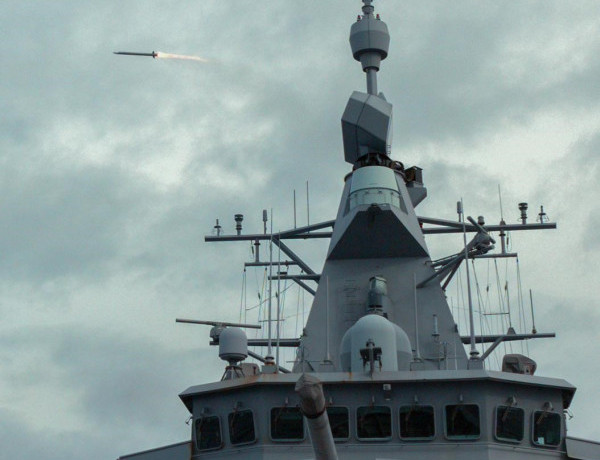
Government approvals
Government approvals
April 2014
Total project budget of $446 million was approved; this included project management costs, contingency, introduction into service and capitalisation costs, but excluded foreign exchange variations. The project is being funded by the New Zealand Defence Force’s baseline as part of the 2019 Defence Capability Plan.
December 2017
The Government approved an additional $148 million to accommodate increases in installation costs of the combat system equipment into the Anzac ships. With the impact of foreign exchange taken into account, the project budget approved was $638.9 million.
Prime contractor
Prime contractor
The prime contractor was Lockheed Martin Canada and a number of separate contracts covered various aspects of the project including the Prime System Integrator, installation design, missiles, sonar upgrade, torpedo defence system and anti-ship missile defence decoys, designing and supplying the Combat Management System for each Anzac Class Frigate along with the supply and integration of various sensors, missile system and a Combat System Trainer for the Devonport Naval Base in Auckland.
The Combat Management System and many of the sensors are the same as those for the upgrade of the 12 Royal Canadian Navy Halifax Class frigates, also undertaken by Lockheed Martin Canada.
News
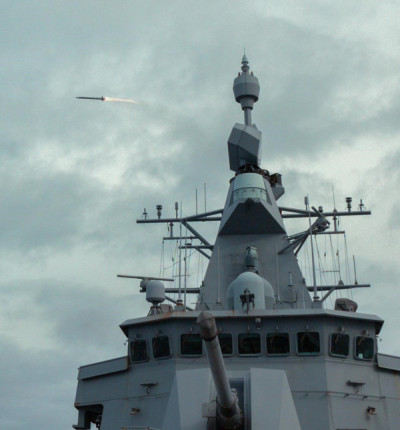
Operational testing
Frigate Systems Upgrade project completes operational testing
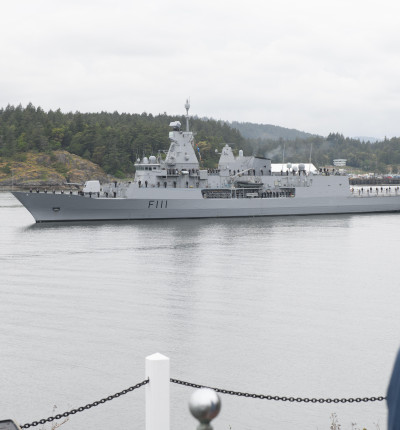
Systems upgrade
Major systems upgrade in Canada complete.
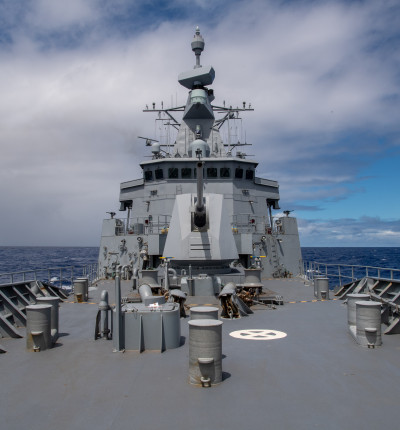
Comms upgrade
Project to build and install new communications systems
